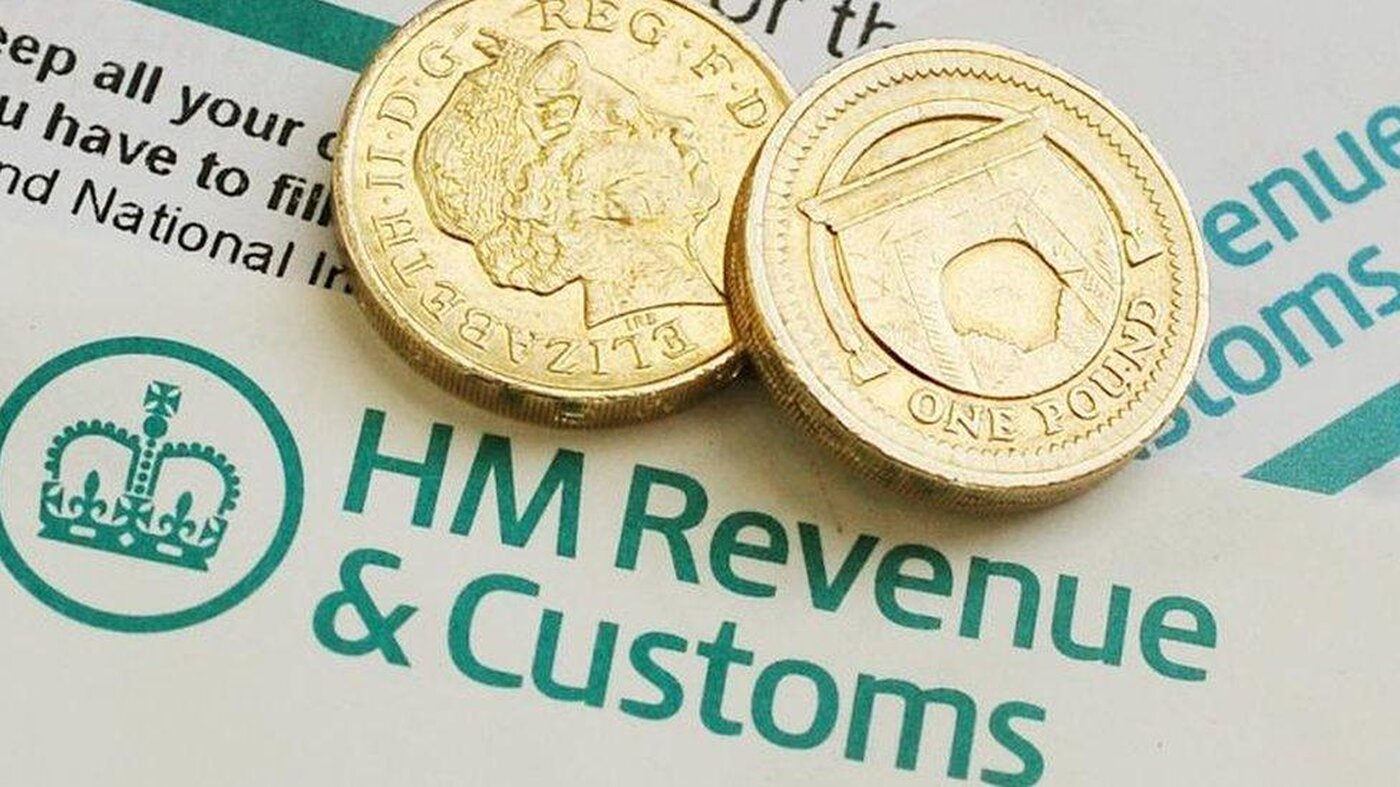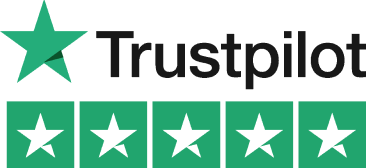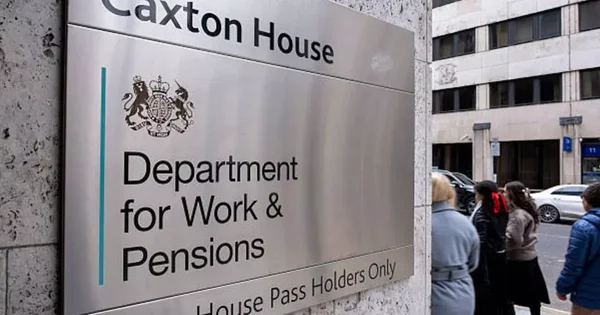HMRC to Write to Thousands of Families
HM Revenue & Customs (HMRC) is contacting over 100,000 taxpayers earning between £60,000 and £80,000 following a major rule change affecting the High-Income Child Benefit Charge (HICBC).
The change allows parents within this income range to pay the charge directly through PAYE, streamlining the process and reducing the need for annual Self Assessment tax returns.
The new measure is part of HMRC’s wider digital transformation and aims to simplify the tax experience for working families while reducing administrative burdens.
What the Rule Change Means
Previously, parents liable for the HICBC which applies when one parent earns more than £60,000 and receives Child Benefit were required to complete a Self Assessment tax return.
Under the new system, qualifying taxpayers can now opt to have the charge collected automatically through their employer’s payroll system (PAYE), just like regular income tax deductions
This change applies to the 2024/25 tax year, which ended on 5 April 2025, and parents have until 31 January 2026 to opt in.
How to Opt In
Those eligible can opt in through an online form on Gov.uk or by using the official HMRC app.
If the Child Benefit charge is the only reason you file a tax return, HMRC is encouraging people to call 0300 200 3310 (open Monday–Friday, 8am6pm) to switch to PAYE collection instead.
Once opted in, the charge will be collected automatically each year unless your circumstances change, such as an income fluctuation or change in family benefits.
Simplifying the System for PAYE Workers
James Murray MP, Exchequer Secretary to the Treasury, said the change reflects HMRC’s commitment to modernisation and fairness:
“We are going further and faster to make HMRC fit for the 21st century. By 2030, taxpayers can expect a modern, innovative HMRC with cutting-edge AI, industry-leading customer service, and a laser focus on ensuring everyone pays their fair share.”
The reform is part of HMRC’s long-term digital strategy, which includes expanding online tools, improving real-time tax adjustments, and reducing errors caused by manual returns.
Martin Lewis Welcomes the Update
Martin Lewis, founder of MoneySavingExpert.com, welcomed the simplification, calling it “a long overdue step towards fairness and convenience.”
Lewis said many families had been caught off guard by the complexity of the Child Benefit system and the unexpected tax bills it caused.
He also clarified that the HICBC should not be confused with the “two-child limit” on Universal Credit, noting that Child Benefit remains a universal payment for every child in the UK.
A Step Toward Easier Tax Compliance
Tax professionals say this move could save families significant time and prevent common filing errors that have led to penalties in the past.
By integrating the charge into PAYE, HMRC aims to make compliance “automatic and stress-free” for middle-income households.
However, financial advisers still urge parents to double-check their income levels, benefit entitlements, and tax codes to ensure they are paying the correct amount and not missing out on other reliefs.
The Bigger Picture
The new PAYE integration is part of HMRC’s wider push toward digital tax simplification, aligning with the government’s “Making Tax Digital” strategy.
Officials say the long-term goal is a fully automated tax system where most workers no longer need to submit manual returns.
The update follows rising demand for user-friendly systems as taxpayers increasingly manage their finances online.









